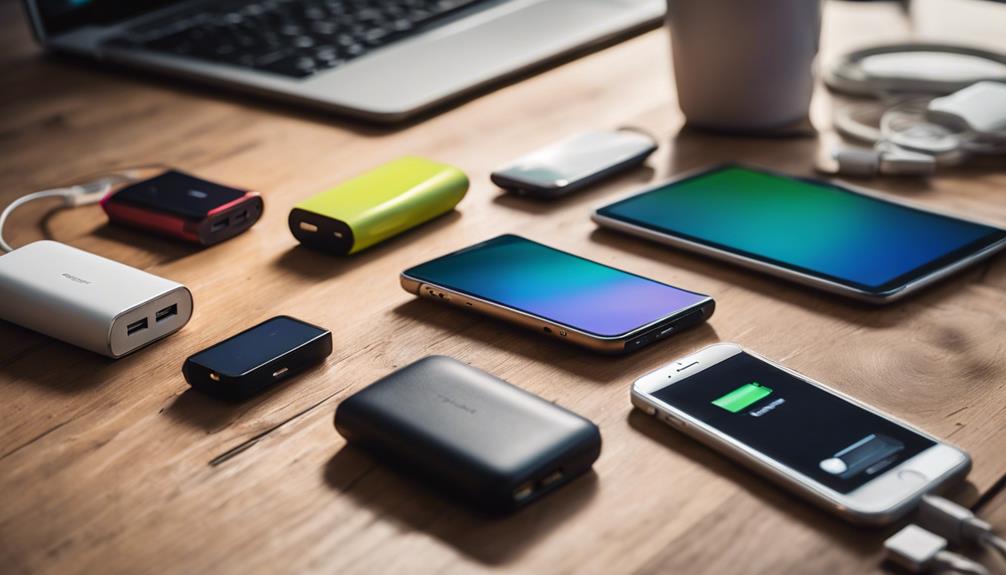In today’s fast-paced business environment, efficient project management is crucial for the successful delivery of projects. One tool that has gained significant traction among project managers is Jira, a popular issue and project tracking software developed by Atlassian. Among its many features, Jira gadgets enable users to visualize project data effectively and streamline workflows. In this article, we will explore what Jira gadgets are, their benefits, popular types of gadgets, and how they can enhance project management efficiency.
What Are Jira Gadgets?
Jira gadgets are customizable widgets that provide at-a-glance views of project data directly on your Jira dashboard. They allow users to track progress, monitor team performance, and visualize project metrics without needing to delve deeply into individual tickets. These gadgets can display various information, such as sprint progress, issue statistics, and team workloads, making it easier for project managers and team members to stay informed.Grill GadgetsBest Fishing GadgetsGreat Car Gadgets
The Benefits of Using Jira Gadgets
Integrating Jira gadgets into your project management workflow offers numerous benefits, including:
- Improved Visibility: Gadgets provide real-time data visualization, enabling teams to quickly assess project health and identify bottlenecks.
- Customizability: Users can tailor their dashboards to display the most relevant information for their specific roles or projects.
- Enhanced Collaboration: By sharing dashboards, team members can stay aligned on project goals and updates, fostering better communication.
- Time Efficiency: With key metrics displayed in one place, teams can save time on reporting and focus more on actual project work.
- Data-Driven Decision Making: Access to real-time insights allows project managers to make informed decisions quickly.
Popular Types of Jira Gadgets
Jira offers a variety of gadgets, each serving different purposes. Here are some of the most popular types:
1. Sprint Burndown Chart
The Sprint Burndown Chart gadget visually represents the amount of work completed versus the amount of work remaining in a sprint. This gadget helps teams track their progress and adjust their workload as necessary to meet sprint goals.
2. Pie Chart Gadget
This gadget displays a pie chart that breaks down issues by various criteria, such as status, assignee, or priority. It allows teams to quickly see how work is distributed among team members or the status of issues within a project.
3. Two-Dimensional Filter Statistics
This gadget provides a cross-tabulation of issues based on two different fields, such as status and priority. It helps teams analyze their workload and identify areas requiring attention.
4. Filter Results Gadget
The Filter Results gadget displays a list of issues based on a predefined filter. Teams can customize this gadget to show relevant information, such as assigned issues or issues due soon, helping to prioritize tasks effectively.
5. Time Tracking Gadget
This gadget allows teams to track time spent on issues, providing insights into productivity and resource allocation. It can help identify team members who may be overburdened or underutilized.
Case Studies: Successful Implementation of Jira Gadgets
Several organizations have successfully leveraged Jira gadgets to enhance their project management processes. Here are two notable examples:
Case Study 1: Tech Solutions Inc.
Tech Solutions Inc., a software development company, struggled with tracking project progress across multiple teams. They implemented Jira gadgets, particularly the Sprint Burndown Chart and Pie Chart gadgets, to provide a visual representation of their work. As a result:
- The teams gained better visibility into sprint progress, allowing them to adjust workloads and meet deadlines more consistently.
- Management reported a 20% increase in project delivery speed due to improved collaboration and communication.
Case Study 2: Marketing Agency XYZ
Marketing Agency XYZ faced challenges in workload management and resource allocation. By utilizing the Time Tracking Gadget and Filter Results Gadget, they were able to:
- Identify team members who were consistently overloaded with tasks, enabling better resource distribution.
- Reduce project turnaround times by 15% by ensuring that all team members were working on the right tasks at the right time.
How to Set Up and Customize Jira Gadgets
Setting up and customizing Jira gadgets is straightforward. Follow these steps to enhance your dashboard:
- Access Your Dashboard: Log in to your Jira account and navigate to the dashboard you want to customize.
- Add a Gadget: Click on the “Add Gadget” button, which will open a window with available gadgets.
- Select Gadgets: Browse through the list and choose the gadgets that meet your project’s needs.
- Configure Settings: After adding a gadget, click on the “Edit” button to customize its settings, such as filters, display options, and time frames.
- Save Changes: Once you have configured the gadget to your liking, save your changes, and repeat for any additional gadgets.
Best Practices for Using Jira Gadgets
To maximize the effectiveness of Jira gadgets, consider the following best practices:
- Regularly Update Filters: Ensure that the filters used in your gadgets are up to date to provide accurate insights.
- Limit Dashboard Clutter: Avoid overcrowding your dashboard with too many gadgets; focus on the most critical metrics.
- Engage the Team: Involve team members in deciding which gadgets to use, ensuring that the dashboard meets everyone’s needs.
- Review and Adjust: Periodically review the effectiveness of your gadgets and make adjustments as necessary to improve visibility and insights.
Conclusion
Jira gadgets are powerful tools that can significantly enhance project management efficiency. By providing real-time data visualization and customizable insights, these gadgets empower teams to make informed decisions, improve collaboration, and streamline workflows. As demonstrated by the case studies, organizations that effectively implement Jira gadgets can expect to see improvements in project delivery speed and team productivity. To fully leverage the potential of Jira gadgets, it’s essential to regularly update filters, engage team members in the customization process, and periodically review the dashboard’s effectiveness. By doing so, teams can ensure that they are always equipped with the information they need to succeed.
